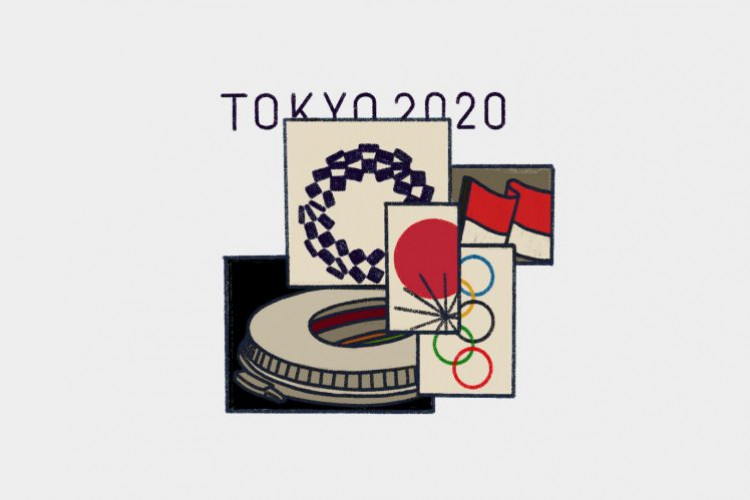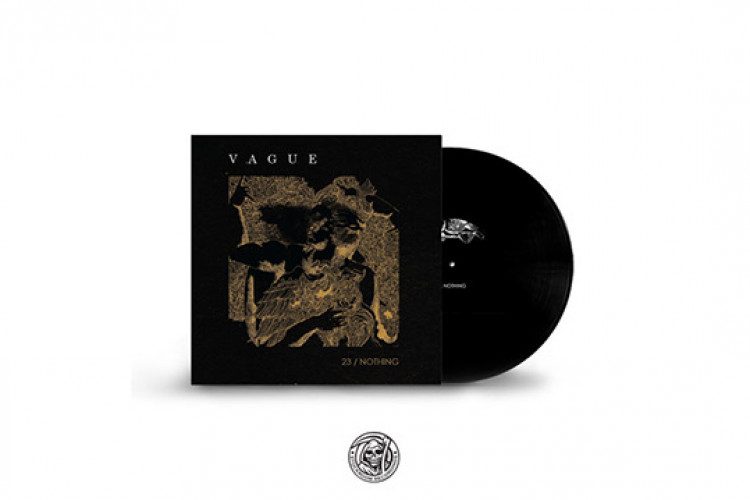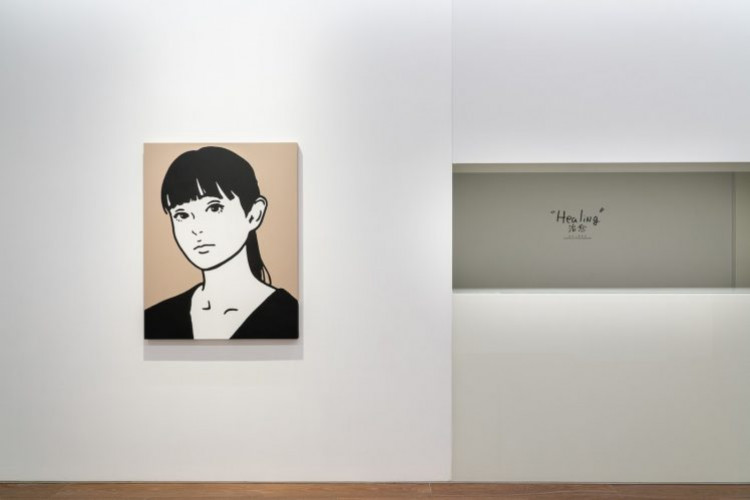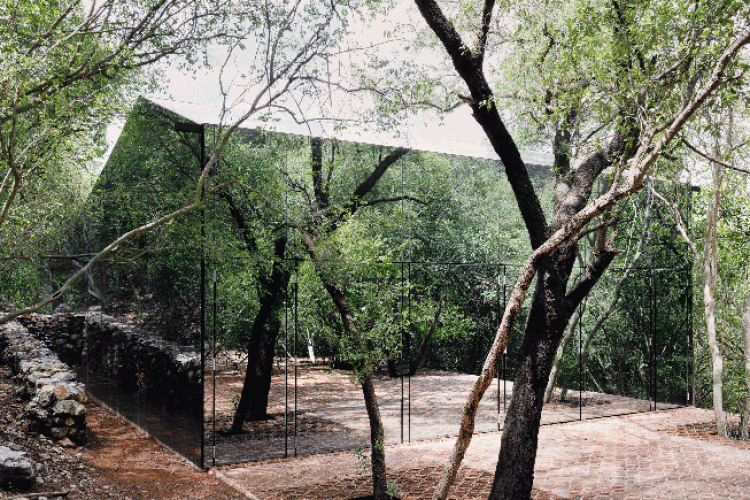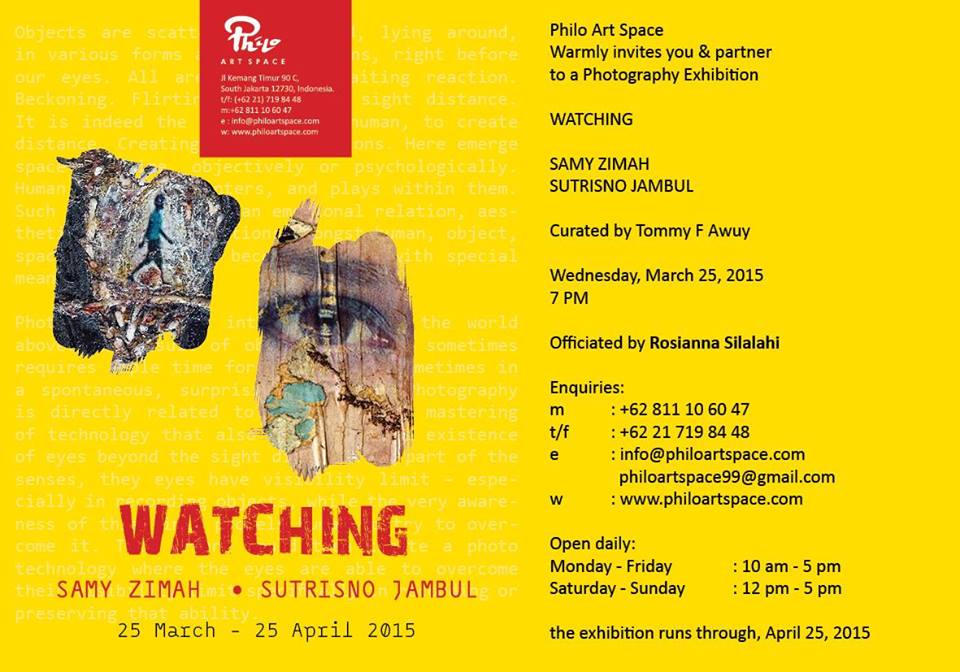
Objects are scattered, cluttered, lying around, in various forms and presentations, right before our eyes. All are seemingly awaiting reaction. Beckoning. Flirting. There is a sight distance. It is indeed the uniqueness of human, to create distance. Creating certain relations. Here emerge space and time, objectively or psychologically. Human approaches, enters, and plays within them. Such reaction becomes an emotional relation, aesthetic even. The relations amongst human, object, space and time then become a world with special meaning.
Photography is the interpretation of the world above. The result of observation that sometimes requires ample time for reflect, but sometimes in a spontaneous, surprising instance. Photography is directly related to the issue and mastering of technology that also represents the existence of eyes beyond the sight distance. As part of the senses, they eyes have visibility limit – especially in recording objects, while the very awareness of this limit propels human to try to overcome it. This effort would then create a photo technology where the eyes are able to overcome their visibility limit specifically in recording or preserving that ability.
Philo Art Space, about to celebrate its 10th anniversary, is holding a photography exhibition by two photographers: Samy Zimah and Sutrisno Jambul. The interest shown for these two photographers are relatively new. Both aim at and create unique objects; create their own language. They enter into and reveal the relation amongst human, objects, space and time. They awaken the challenge on how to preserve the passion to perception.
Samy Zimah and Sutrisno Jambul both capture the focus on the objects that are their daily interest. Objects that are in general not attractive to the public. They are not starting their works from what are represented by the urban cacophony. They break the mainstream by overlooking the glitzy and massive urban objects. But that does not mean that they dismiss the temptation to question what lies beyond the reality of such objects.
For about a year both Samy and Sutrisno struggle with the problem of reality in photography for the staging of this exhibition. Questions and answers come intermittently in order to be able to capture the relations of the objects, ideas, and techniques characteristics. It is not easy to weave character that is resulting in works that are intent on presenting a compact and satisfying aesthetic achievement. Many times in the process, both must refer to their resolve on experimentative bravery which basically is the challenge for all creators.
Samy Zimah chose his experiment-technique path of burning is shooting objects. Of course the method has been thought thoroughly, especially related to the types of media used. Every reason behind the experiment-technique is none other than to create works that capture the ideas. An experiment is never free of the demands of measured and systematic steps. And of course, a lot of its products are far from satisfactory. As with photography, the core is to capture objects that attract the eyes. But it does not stop there. For Samy, the first shot is just the raw material. The choice for him is to manipulate it more to enable it to produce the effect he desires. So that the effects become the impressions that he would establish as the aesthetic products. Samy shows us how the effect of that first shot is re-taken and then printed as the final work.
Sutrisno Jambul has a special perception towards all things marginal. He is a photographer who is actively seeking the ‘not-ordinary’. A pilgrim that does not tire. His world is to where his feet take him and where the camera is aimed at. It is not the clamor or the glitz of explicit human activities that he seeks. And not about all the commotion on traffic jams, the ‘mushrooming’ of malls, cafes, restaurants and all those dazzling places in the city. His own special perception for matters related to photography is ‘nearing oblivion’: those broken, faded, torn, smashed, wretched.
“Watching”! is the title of the Photo Exhibition presenting the works of Samy Zimah and Sutrisno Jambul. The aesthetic distance of the photograph always begins with the awareness of sight where perception awakens. To shot an object is to make a choice and is a part of a mental battle. Samy and Sutrisno are best friends who see themselves having a complementing creative energy intersect. They decide to together search for theme that gives room for their collaboration. Their chart showing their efforts in finding the right complementing works to fit the theme is very dynamic. In the end, they made their decision on subjects that are near to the core of photography itself: to look, to see, in the way beneath the banal, to oversee. The very extension of the human eyes.
The issue is, to watch in this exhibition context is not about a subject looking at an object as in ordinary situation. Here, the relation is the other way around, where the object is actually watching the subject – who thinks they aim but actually is being aimed at. It represents a situation that life is a chain of aiming and being aimed at, watching and being watched. That we think ourselves as the main actor while at the same time we are just being played. In the end, it is just a matter of being aware of one own position in the process.
Samy Zimah looks at the reality beyond the actual or abstract limit and takes a hard stance on it. Human watch and is being watched in their journey of life. Samy emphasizes on the icons eyes and body – the relation of these two icons that propels the challenges in civilization; the two icons that are often used as metaphor of something else. The bodied eyes and the eyed body. Eyes and body that give birth to the meaning of watching and being watched, a ‘panopticon’, like a prisoner warden, complete with their arm and alarm and light, standing above on the watchtower, having a full view of every move the inmates make, and fully aware of any attempt at breakout.
In Watching, it is obvious to Samy that human is trapped in the paradox of holding or being held in prison. And human indeed always wants to explore or to play with this paradox. A person, be it a pessimist or an optimist, cannot be severed from such condition. Photography may be considered as one of the human ability to give meaning to the paradox. The eyes, in their capacity to set a sight distance, are actually interpreting the reality and interpreting is constructing the reality into the pictures. Photography then becomes autonomous in their language-logic apart from the other creation-aesthetic languages. Samy transparently shows how the eyes and the body take a free interpretation and present the reality of human daily life: that we are still in a journey.
Samy finely connects the struggle of body interiority and exteriority, the energy of human self depth, with the freedom of objective movement space changes. One’s struggle, any one, is happening within a cycle of evasion or of being trapped in the watch of eyes-body. Human, in their success of building bodies of buildings in a city landscape as their own eyes-body existence, often is awed, frustrated, stressed, and rendered hopeless by the very own mechanistic demand of such urban space.
As for Sutrisno Jambul, at one point he connects the eyes with the external body while also shows a more personal experience of a journey. The external bodies can be seen from the marking of his objects which are all present on the wall. We can interpret these as a representation of physical body or social body. Both emerge as a photography landscape of eyes-body as perceived by Sutrisno.
Posters that are torn, crumpled, broken and fading – to Sutrisno they have a symbolic strength that is full of meaning. How do objects that are considered as visual waste can be turned into creative works? It is an important question for every creator. Aesthetic does not always start from something that in its own is beautiful. Sutrisno obviously put aside the conventional notion that focuses on the opinion that arts only recognize the aesthetic objects. Photography is a perception and each perception cannot be separated from ideology, even the ideology itself. Objects being shot therefore cannot be seen as barren of ideology. Objects presented by Sutrisno, specifically, have the feel of the intersection of economic interest in the form of advertisement, promotion, and the invitation to attend the launch of certain products.
Sutrisno, with the eyes-body, is watching beyond the boundaries often deserted because such objects are only waiting for their demise. Forsaken objects that stored life gone by that invite us to see within ourselves. They watch, they are still there, don’t run don’t turn away, there are still so many things need to be done, do not forget, don’t be ignorant, and so on creating a train of problems within and without ourselves. Sutrisno’s eyes-body is a reflection of the mundane daily urban space.
Samy Zimah and Sutrisno Jambul, two photographers who posses similar curiosity that they interpret in their own unique way. In essence, they both have the intention to create something different, to present a newness – things that are the objective of all creators.
Human is watching and is being watched at the same time. Happy exhibitioning!
Tommy F Awuy
Curator








